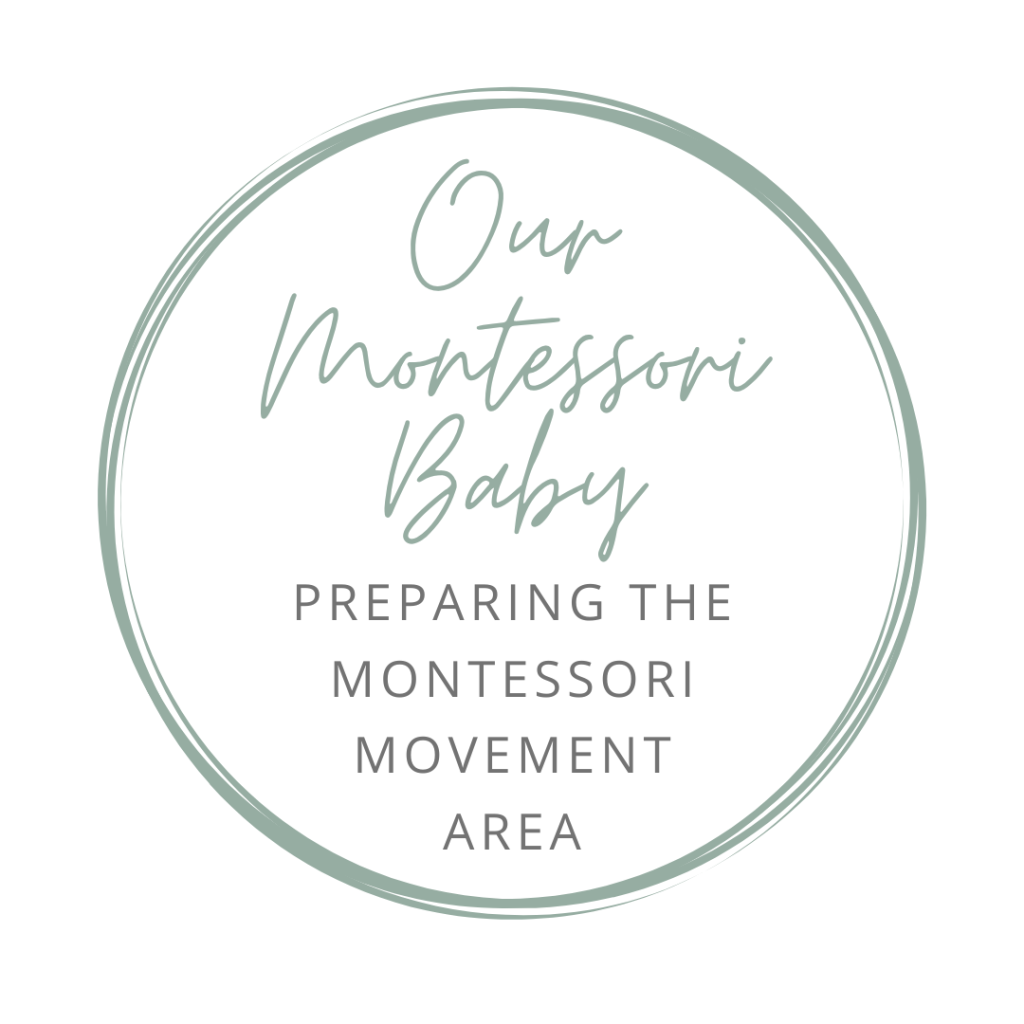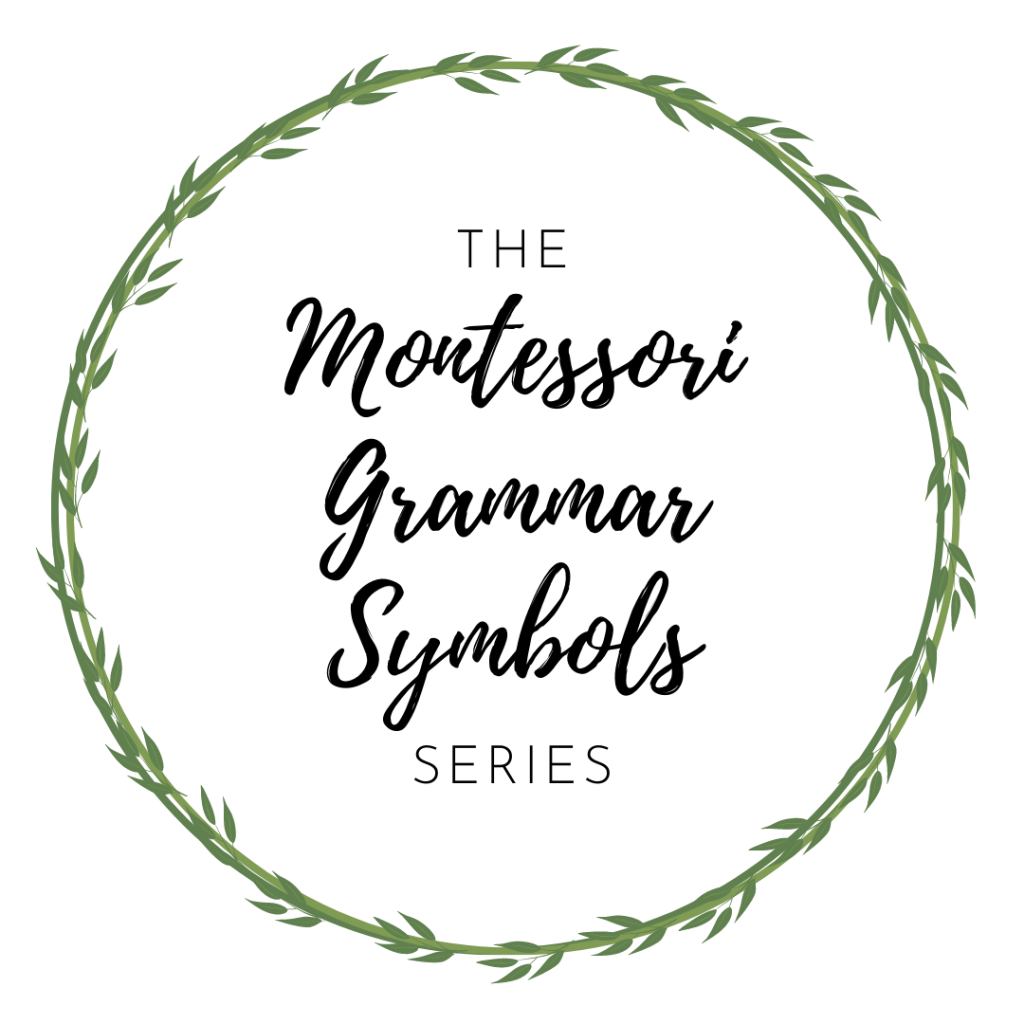
Who doesn’t love a good curriculum integration activity?!
As a former art teacher, I’m always looking for opportunities to incorporate the arts into other subject areas.

This material came about as I was brainstorming new extension activities for the Montessori parts of speech. The impressionistic presentations and follow-up lessons are beautiful, but the initial draw can fade if we don’t look for ways to switch things up.
I recently read an article about the thousands of works of art that had been released by the Metropolitan Museum of Art as “open access.” At this point there are now 406,000 images available for anyone to use or share without restriction. And then it hit me! Art and grammar! It was a match made in heaven.
What’s included in each set?

There are currently five different “Finding Art in Grammar” sets available in my shop. Four of them are season specific, and one is simply an array of different works of art. Each set contains 14 task cards containing an image, a caption identifying the artist, title, and creation date, and a series of directions pertaining to grammar and descriptive sentence construction. For the season specific sets, I’ve also included corresponding information cards for each illustration that could be printed double-sided on the back of each task card.
The Finding Grammar cards differ in complexity with some simply asking the child to look for examples of nouns, adjectives, and verbs while others stretch further into adverbs and prepositional phrases. As always, follow the child. If they haven’t yet received the lesson on adverbs or prepositions, feel free to skip over those prompts.
Below you’ll find five different optional resources that can be used alongside the task cards.





As mentioned before, each of the seasonal sets include “Information Cards” for each of the illustrations. These are meant to provide additional context, spark conversation, and possibly encourage additional research.
How do I use the materials?
After printing and cutting out the task cards and optional resources (see above), select a card containing instructions that best mirror the parts of speech you have introduced thus far.
When examining a piece of art, I challenge children to approach it as if they are actually reading the image. They can begin by skimming the illustration and then dig deeper, analyzing all the nooks and crannies.

When I first presented this work to a group of 2nd grade students and told them we would be using the cards to practice grammar, they assured me that there was in fact no grammar in these paintings.
I simply said, “Okay. Well can you help me list some of the things that you can see in this painting?”
They quickly listed everything from trees, to a garden, to a house, to people. Suddenly a student shouted, “Those are all nouns!”
I then asked them to look even closer at the painting and tell me how they would describe the trees, garden, house, and people they saw. “We found adjectives!”
“What are the people doing?” “Standing! Kneeling! Walking! Holding!” There are verbs in the painting too!
The look on their faces when they realized these paintings were absolutely full of grammar was priceless.
During the initial lesson, you as the guide may record the nouns, adjectives, verbs, and so on as they are shouted out to keep the lesson moving and the excitement up, but eventually it will be the children that record their findings. Below I’ve included an example of a fully filled-out graphic organizer.

Swing by the shop to check out all five sets plus my discounted seasonal bundle using the links below! If you have any suggestions for additional themes, let me know in the comments below!












